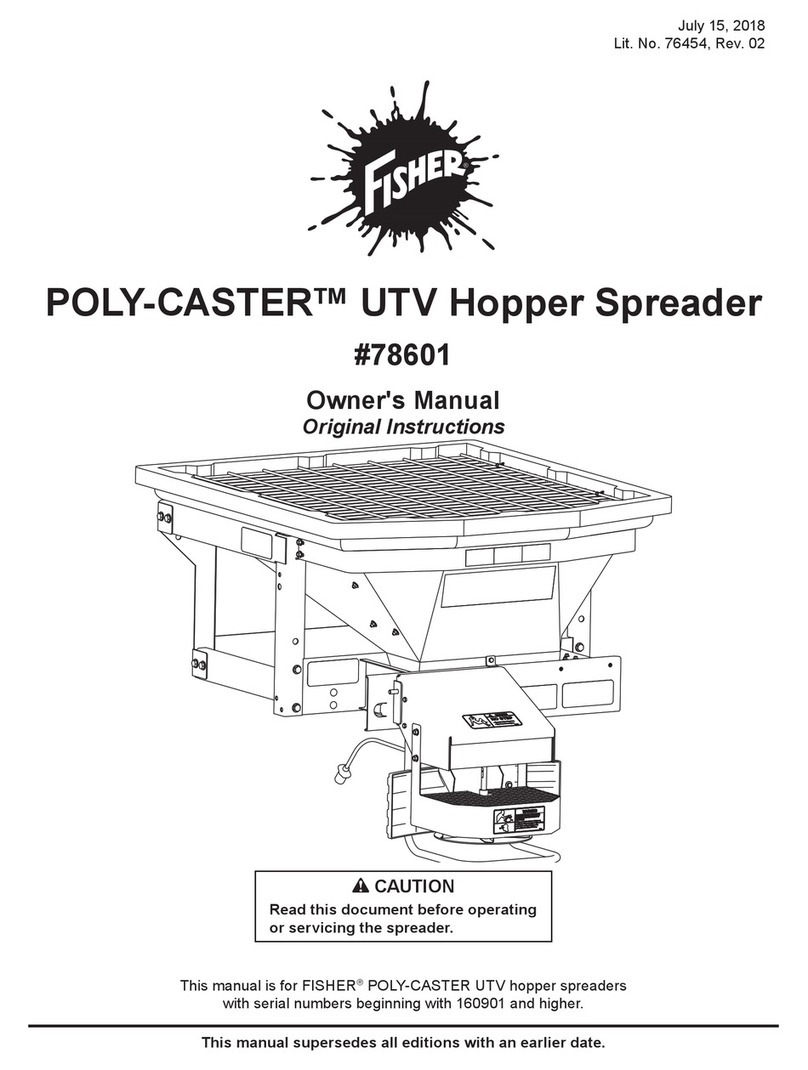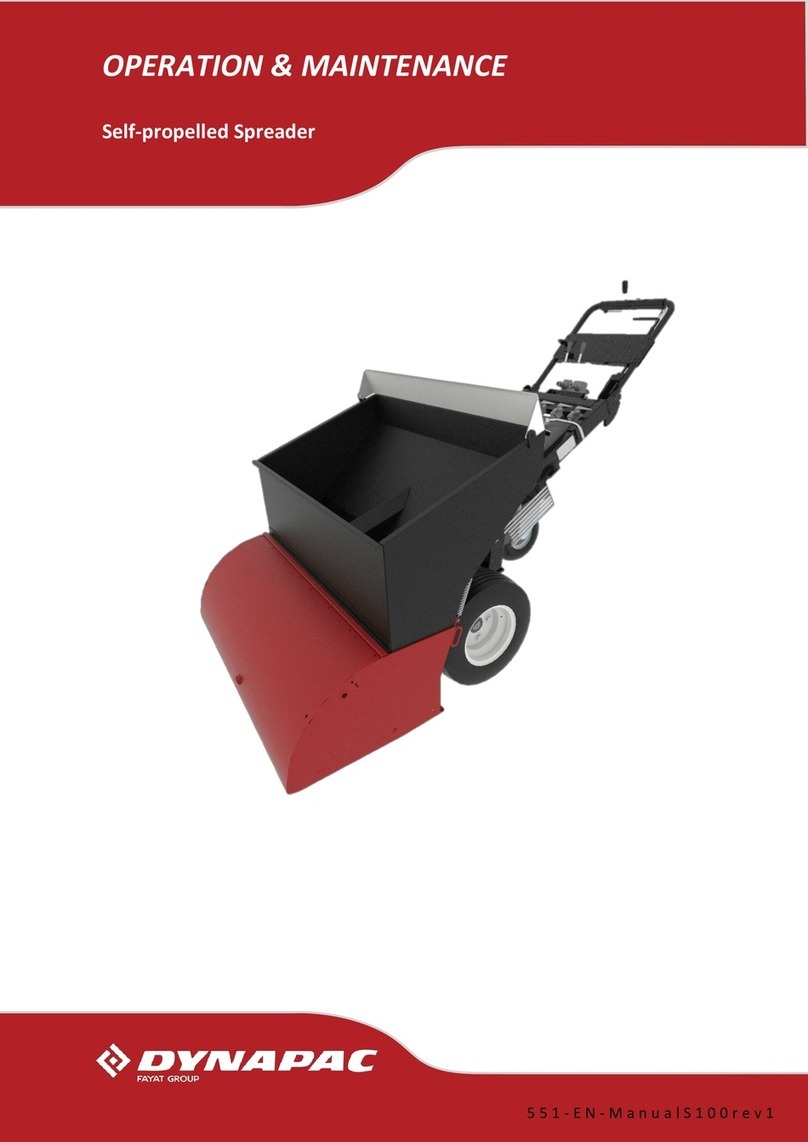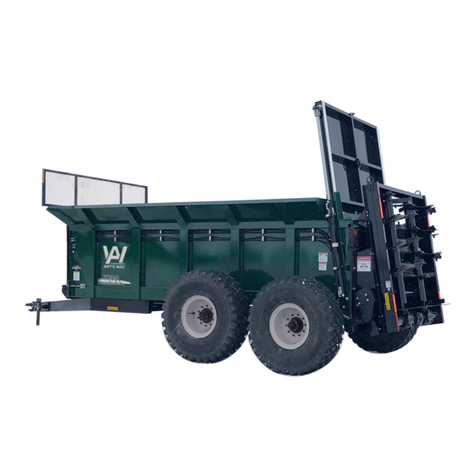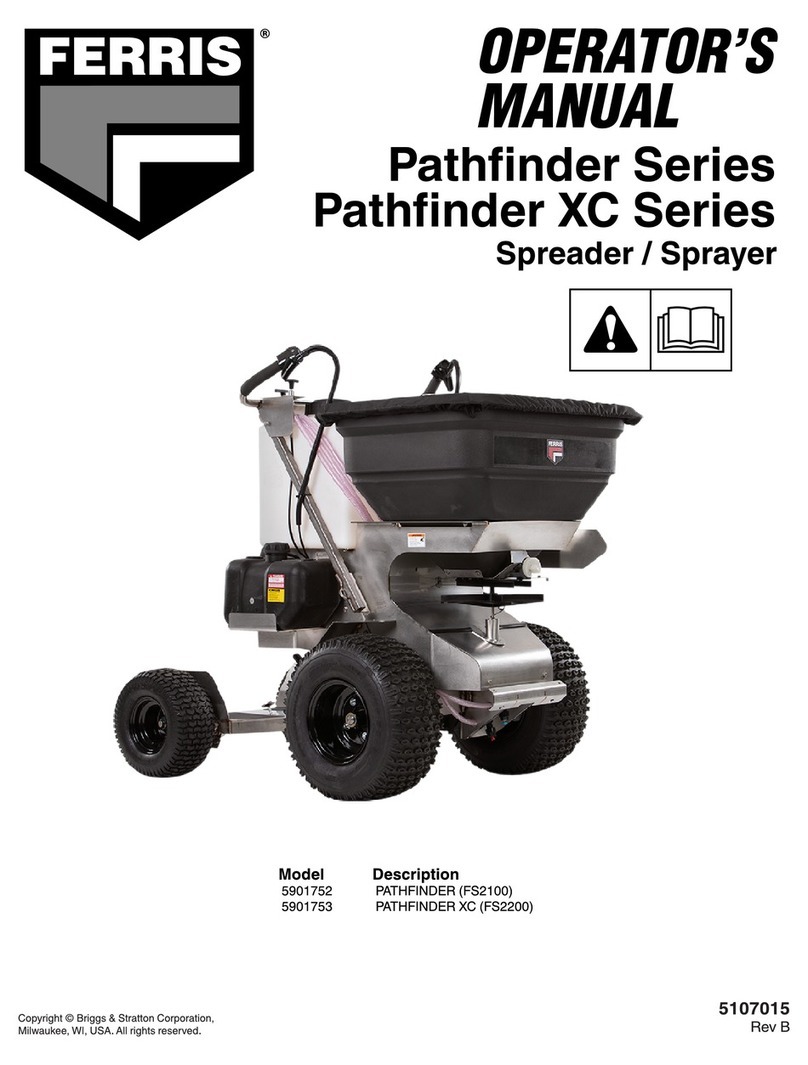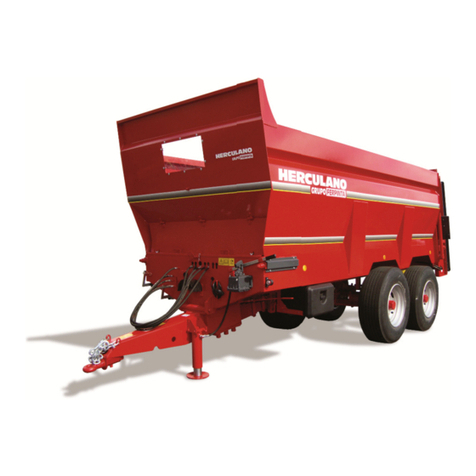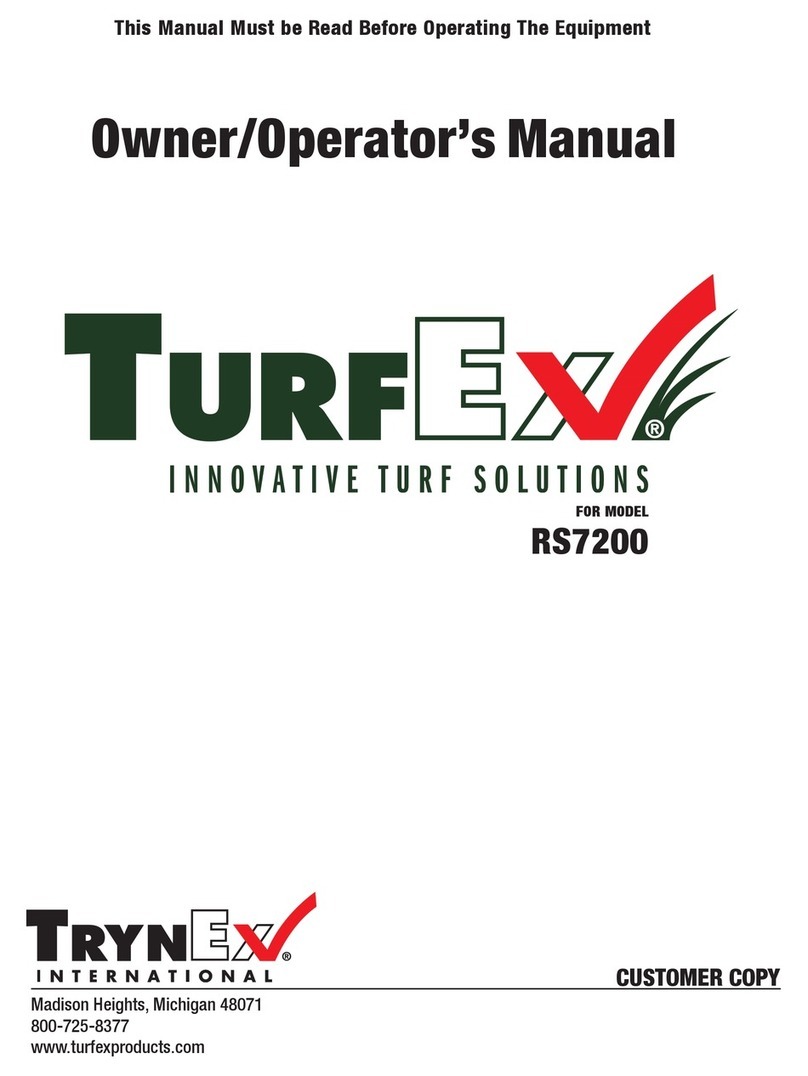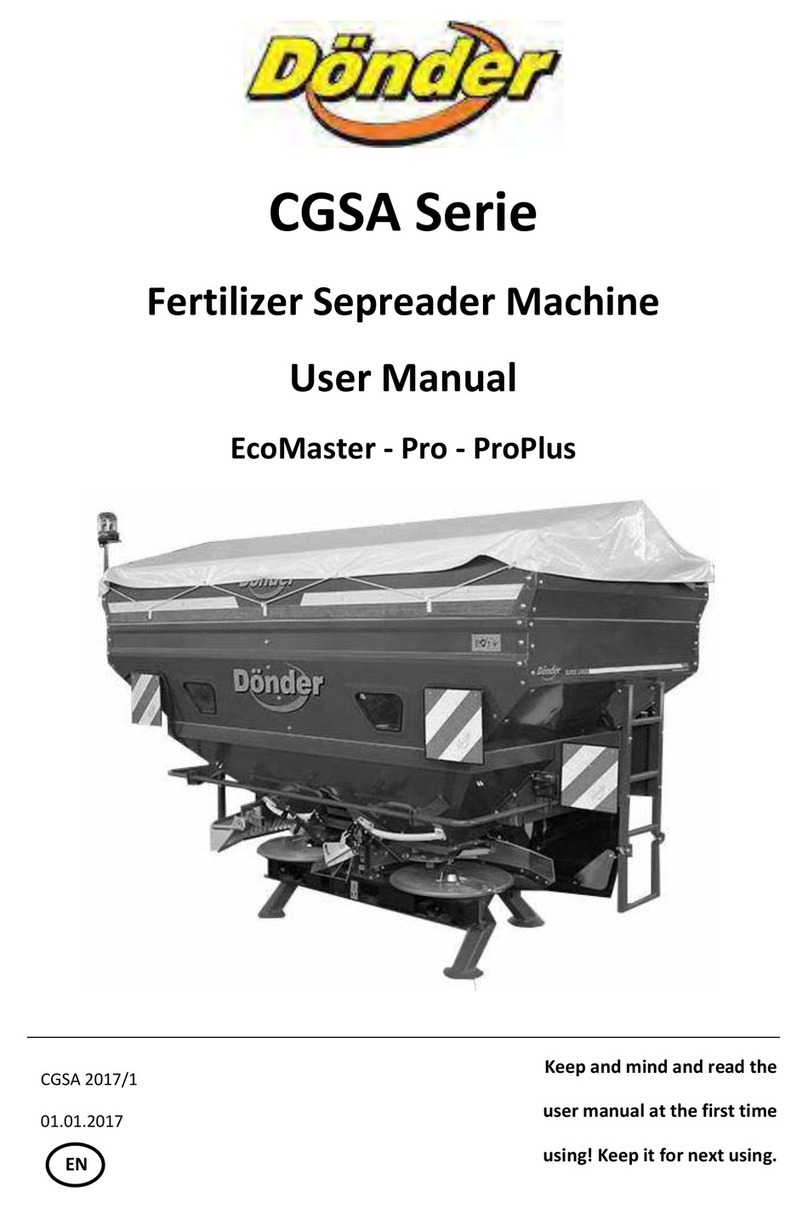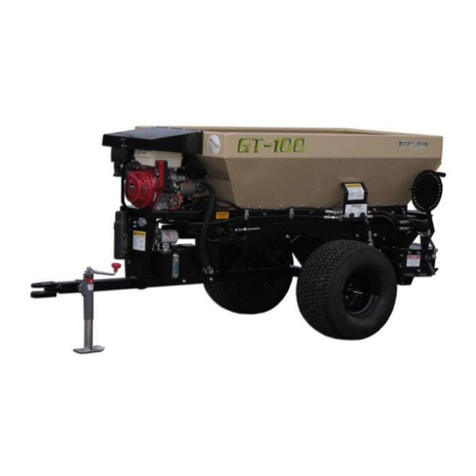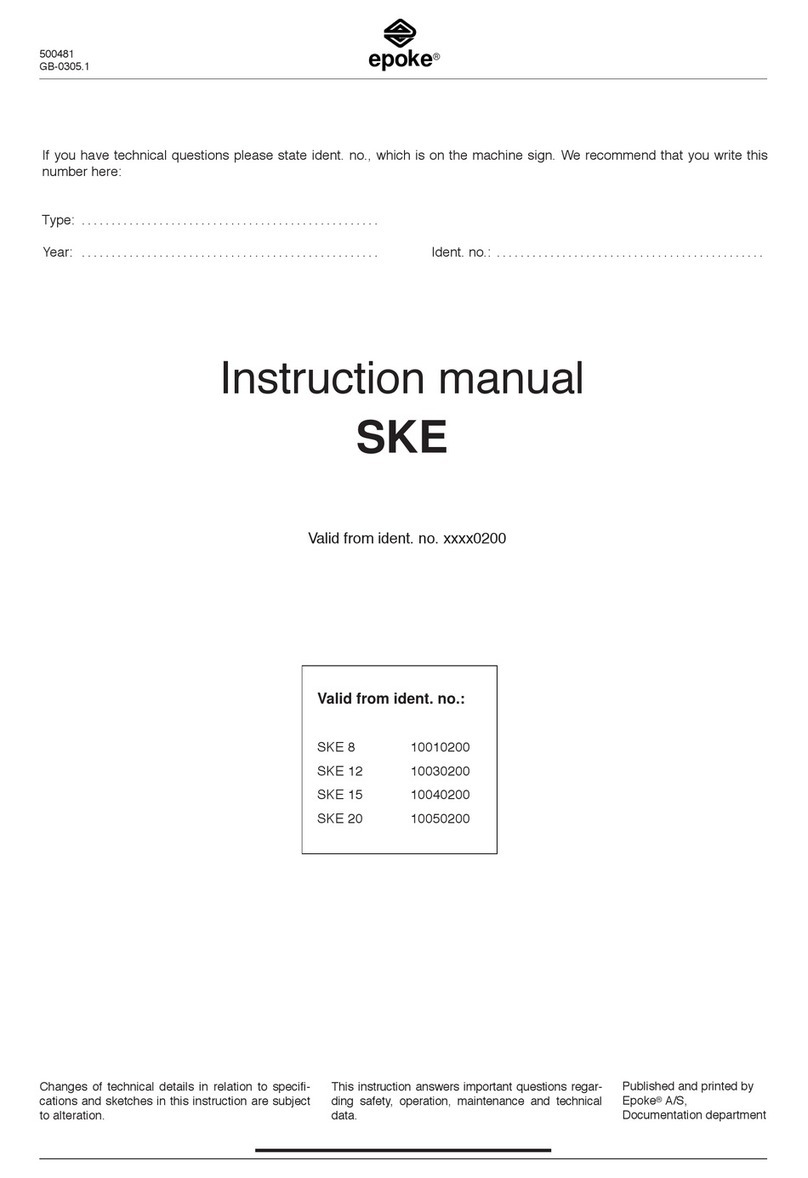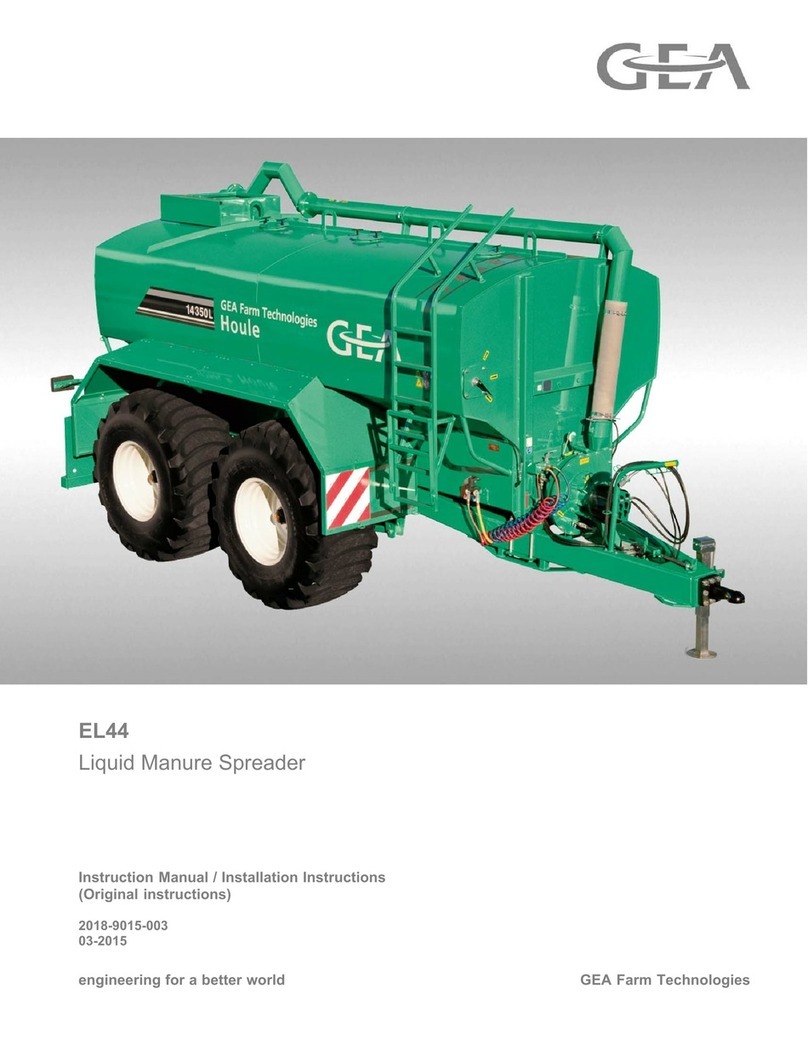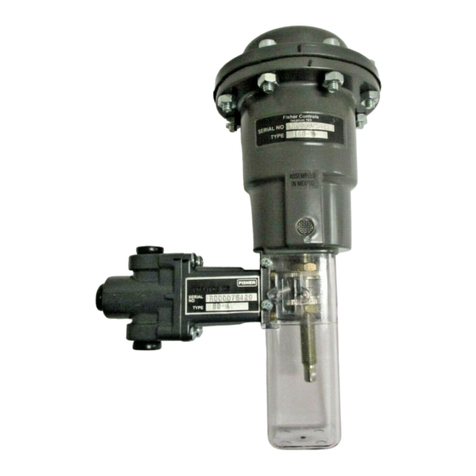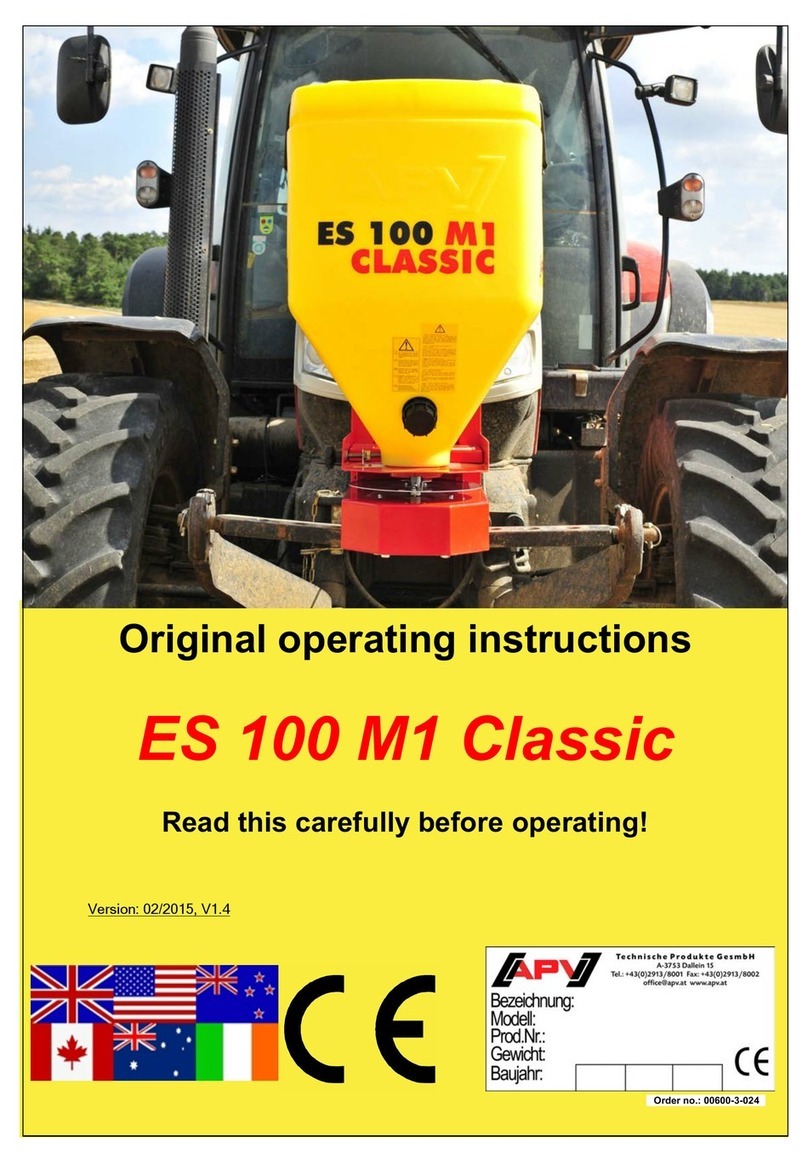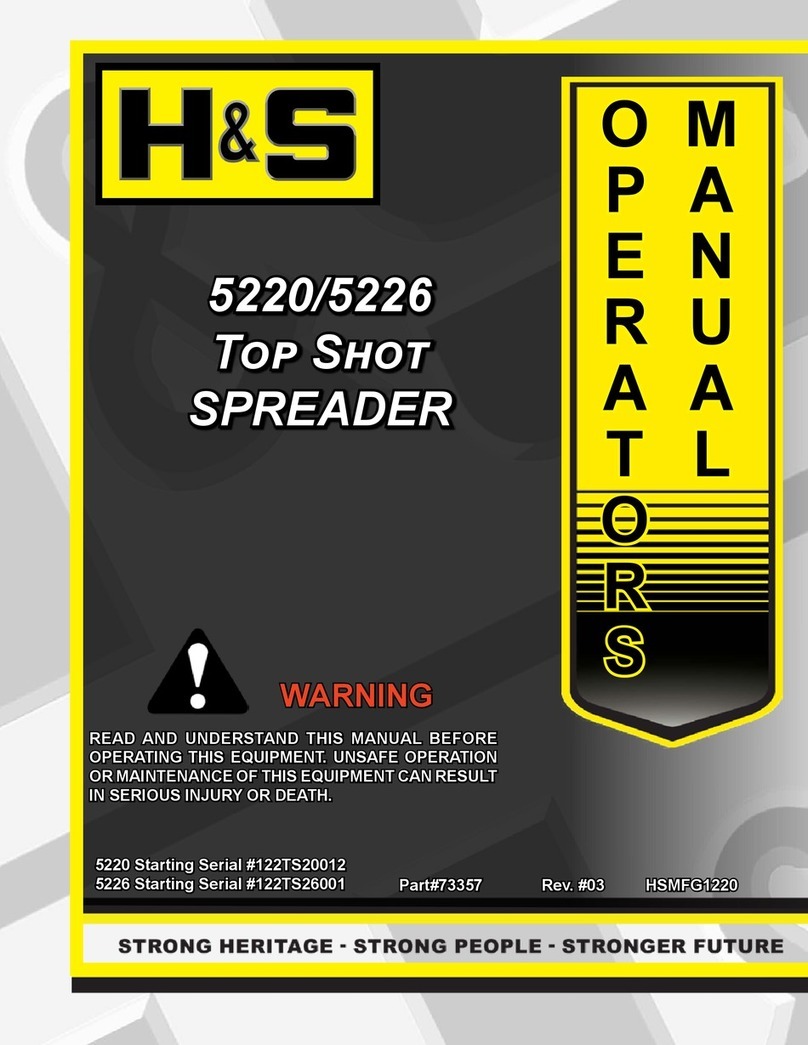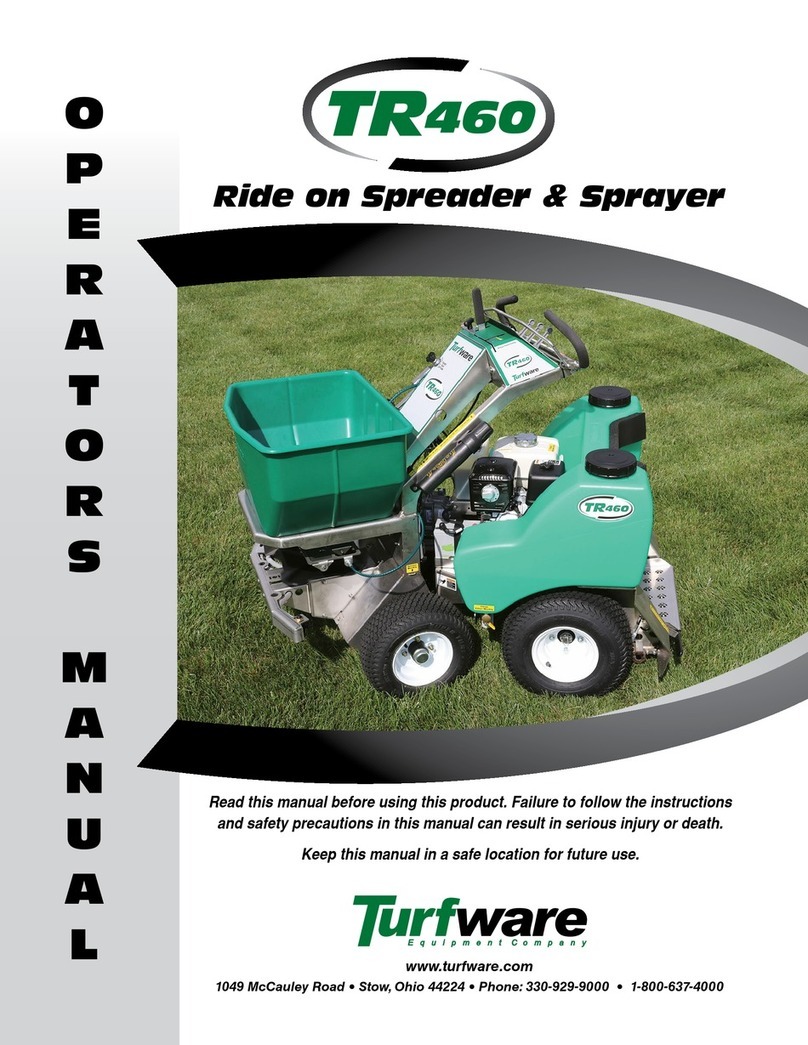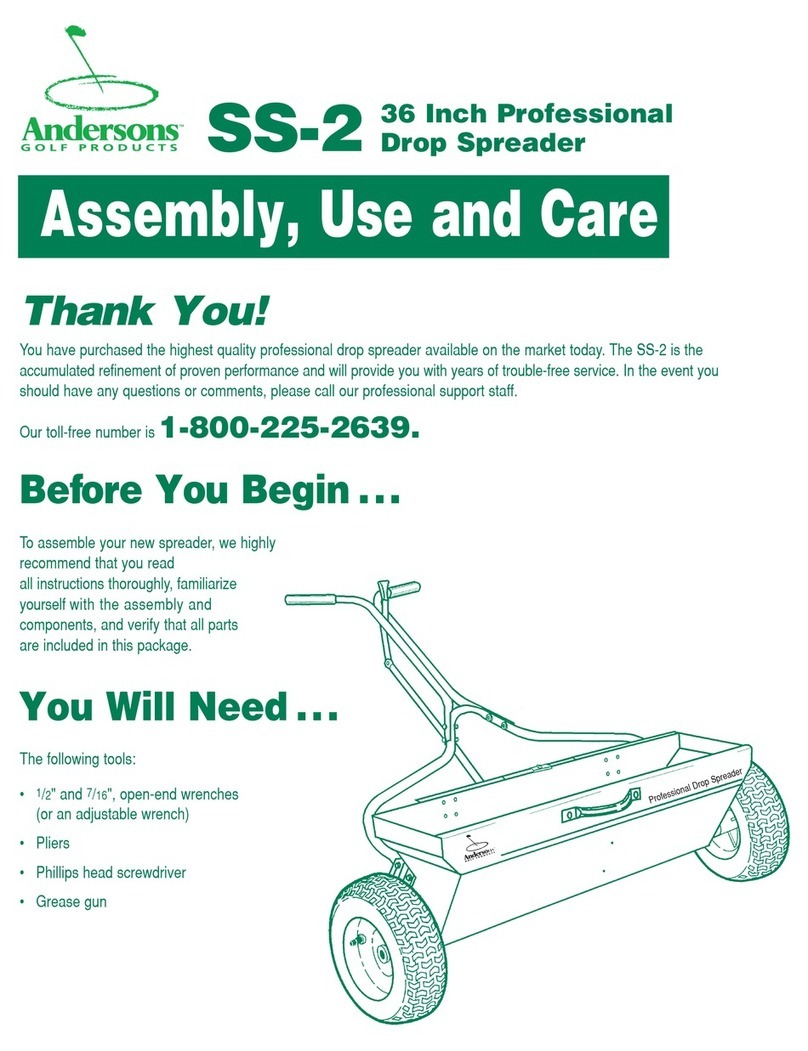
01.10.2013
- 2 -
1 INTRODUCTION OF THE MACHINE AND THE AREAS OF USE
Wagon is manufactured by Dönder in compliance with European standards. Wagon’s most
appropriate areas of use are seed drilling and fertilizer spreading. Also it is also capable of
pouring mineral fertilizer in granule or powder form; as well as salt; sand and pallet poultry
manure.
2 WARRANTEE
Once you receive the delivery of the machine please check whether there is a
deficieny in the hardware or a damage caused by portage or not; and which you should have
confirmed by whoever consigned the machine to you. You may notify your complaints to our
company latest within seven days. Complaints shall be considered provided that the
customer has fully complied with rules of warrantee.
Machine is warranted against defects of manufacturing or of material for one year
starting from the delivery date. Warrantee is limited to the repair or replacement of defective
parts in compliance with the rules set by the manufacturer.
Distributors or users may not have any claims against manufacturer originating from
accidents they caused or caused by misuse. Warrantee shall be void if the machine has
been altered without authorisation by the manufacturer; or if different parts have been
mounted on it, and if the machine has been damaged by either of those situations.
Warrantee shall be expired, if the values specified in technical data have been
exceeded; if machine has been inappropriately used, or periodical maintenance has failed.
Our company conducts continuous works for improving the machines, so it reserves
the right for making updates on the machines. Thereof, our company is not obliged to apply
the modifications presented with the new model machines also to the machines sold
previously.
3 NONWARRANTABLE SITUATIONS:
Using specified power take off speed of the machine above (540 d/minutes).
Not mounting original shaft on the machine.
Damaging machine by sudden stops and moves while the machine is connected to
the tractor and operating.
Using machine beyond the specified technical values.
Using machine outside the intended use.
Not using original spare parts specified by the manufacturer.
Making modifications on the machine without the authorisation by the manufacturer.
4 RULES GOVERNING SECURITY AND PREVENTION OF ACCIDENTS
oFor secure use and traffic, check the machine and the tractor before operating.
oConnect the machine to the tractor by means of required devices and in compliance
with the rules.
oDuring operation and portage of the machine, no humans should be on the machine.
oParts, moving parts and functions of the machine should be mastered before
opearating.
oObey the traffic rules on the roads open to the traffic.
